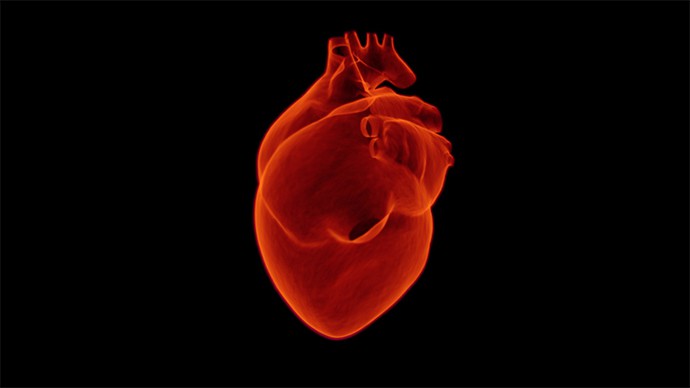Stem Cell Therapy represents the not-so-new frontier in the treatment of diseases and the repair of damaged tissues and organs. The heart is one such organ that stands to benefit greatly from new advances in this field.
Anatomy of the Heart
The heart has three distinct layers: the inner lining known as Endocardium, the middle muscle layer, Myocardium and the outer layer, Epicardium. The inner wall (Endocardium) provides a non-adherent surface for blood collection and pumping and may play a part in regulating the heart’s contractility.
The middle layer or wall (Myocardium) is the muscular part whose contractions drive blood through the body. The Epicardium is the heart’s outer layer and is composed of connective tissue. The Epicardium functions as the heart’s protective layer. A heart attack results in the death of heart muscle and tissue.
This is a direct result of blockage of blood vessels which in turn prevent oxygen and nutrients from reaching the heart muscle. Since they are dead the heart muscles and tissue cannot regenerate themselves. New developments have brought Rebuilding the heart’s Coating With Stem Cells a step closer to reality.
Cardiac Related Stem Cell Research
The assistant professor of biomedical engineering and biology at Penn State (Pennsylvania State University) Xiaojun Lance Lian is leading the research into these new cardiac-related stem cell therapy-driven developments. Professor Lian points out that Myocardium muscle cells have already been produced from chemically treated stem cells.
The Wnt signaling pathway passes signals into a cell using cell-surface receptors. It is the chemically-induced sequential activation and inhibition of this pathway that produced the Myocardium muscle cells. Professor Lian’s team of scientists have succeeded in reactivating the cardiac progenitor cells’ Wnt signaling pathway, re-driving them to become Epicardium cells instead of Myocardium.
The Epicardium Cells thus generated were found to be similar to those in living human beings as well as to those grown in the laboratory. The scientists also found that that these Epicardium Cells multiply in the lab when treated with a transforming growth factor (TGF) beta inhibitor. These cells have the potential to repair the damaged region of the Epicardium.
Rebuilding the Heart’s Coating with Stem Cells
Rebuilding the heart’s coating with stem cells is now one step closer to practical implementation thanks to this recent discovery. This means that not only will it be possible to effect repairs to the heart muscle (Myocardium), but renewing of the damaged outer layer (Epicardium) may well become standard procedure soon.
Professor Lian, together with him team of scientists from universities in the U.S., Sweden and the Netherlands reports good progress in their research. The ultimate goal is to regenerate an entire heart wall. The missing link thus far is the heart’s inner lining, the Endocardium.
Professor Lian is confident that with the progress so far made this is well on its way to becoming a reality. This expected development will significantly alter the lives of heart-attack survivors as the different layers thus produced will find application in tissue engineering for cardiac therapy and will potentially lead, to the repair of damaged tissue in the three walls of the human heart.
H/T: Futurity




 English
English